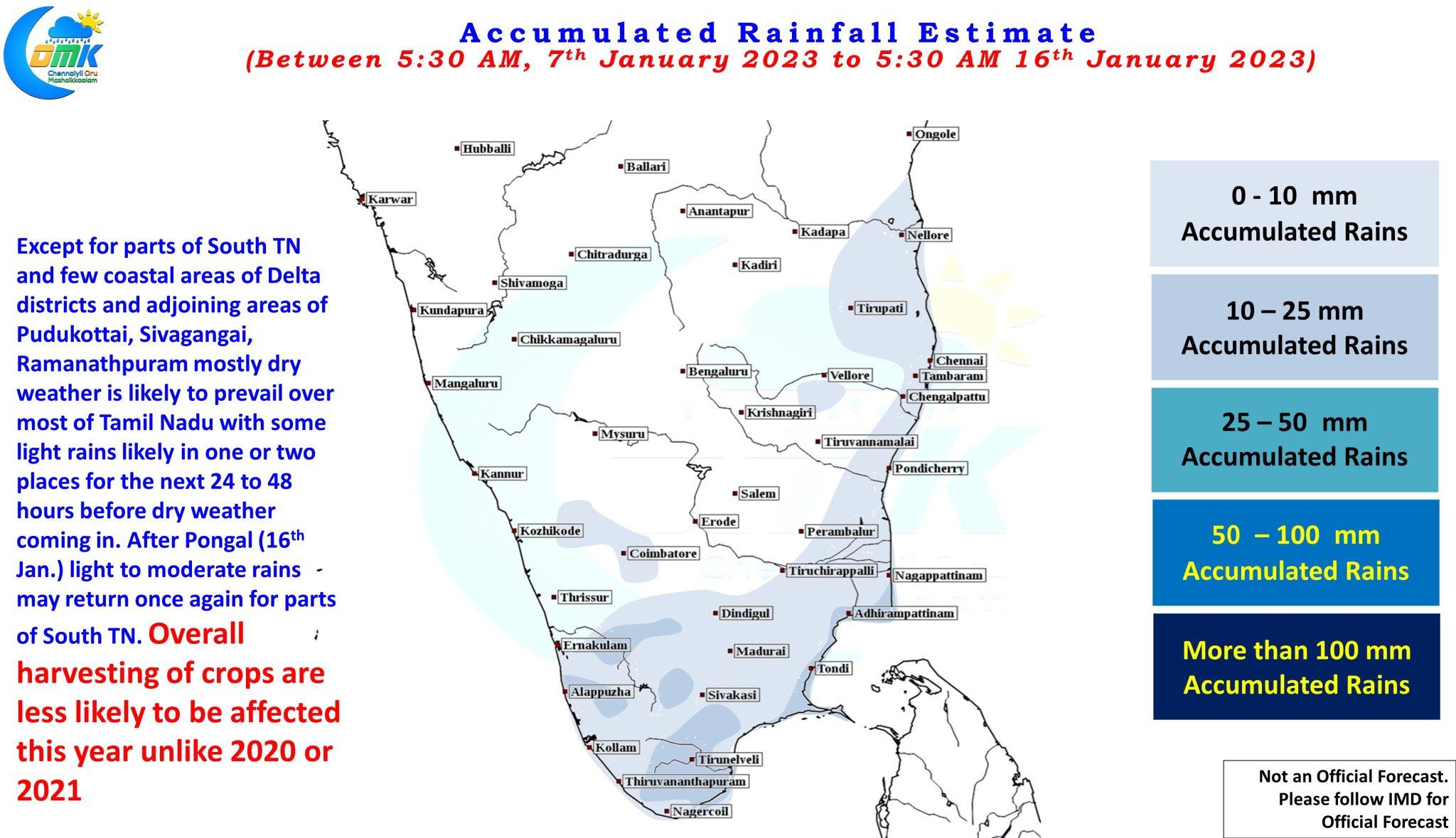Pongal / Makar Sankranthi / Bhogali Bihu all are not only harvest festivals but also are celebrated around the period when the sun’s transit moves towards Northern Hemisphere, while one may say with today’s scientific understanding it is not exactly the sun’s transit but the change in the axis point of earth towards the sun is responsible for the seasons. But nevertheless Uttarayanam and Dakshinayanam were linked to the effect Sun’s rays have on earth thereby creating the summers in Northern Hemisphere and Southern Hemisphere respectively.
Pongal remains one of the most important festival for not just the farming community but others as well despite in the recent few decades Deepavali slowly becoming a more popular festival on account of the festivities that surround it. This period is also very important for the farming community not just from the perspective of celebrating Pongal and thanking Nature as God for helping them with a good harvest but it also coincides with possibly the largest harvest window for Paddy in Tamil Nadu. While the harvest of the more popular Samba often coincides with the second fortnight of Margazhi and subsequent days of Thai even in other areas like South TN the paddy crops seeded as part of the Piksahanam season comes for harvesting window around Pongal.
It therefore becomes not only essential for dry weather during this period but any moderate to heavy rains during this time pretty much negates all the hard work put in over the previous three or four months. So it is not surprising to see farmers more worried about rains at this time of the year than the lack of rains during the sowing season. It therefore becomes essential to provide for a clear update on what to expect during this period to allow the farming community to not only plan their activity but also advance their harvest by a few days in case a heavy spell of rains are likely closer to their original harvest window.





The proliferation of “Weather Bloggers” has meant a few concepts have sort of etched firm in the memories of common people associating them with events of disastrous consequences. The 2015 Chennai floods saw “El Nino” get associated with widespread flooding episodes while the past two years spells of heavy rains around Pongal due to the presence of strong La Nina has now been etched in memory with many assuming 2023 also to be similar to 2021 and 2020 in bringing widespread heavy rains around Pongal thereby damaging the crops ready for harvest. But in the bargain we forget every day is not a Sunday so every year cannot be the same. While we are still in the La Nina phase there is a clear weakening trend seen unlike the previous years where the weakening trend was not as pronounced as 2023. This would mean the way things will shape up may not necessarily the same as 2021 or 2020 though we continue to have La Nina conditions prevailing.
Long term followers of this blog will remember we have always made it a point to alert the farming community about possible heavy rainfall episode around Pongal period giving a head start by a week to 10 days always to allow them to harvest crops if possible before the episode of rains happen. Given how atmospheric conditions are prevailing there is a high degree of confidence on the next couple of weeks at least until Pongal to be relatively dry except for some light rains along the coast over the next 24 to 48 hours or so. While weather models indicate potentially light to moderate rains over parts of South TN after 16th of January as things stand it is unlikely to be a widespread heavy rainfall episode and one that is likely to threaten harvesting.
Please ignore the noise from those who use disasters for TRP and focus on getting your harvest done as per schedule. In case you are still worried about rains subject to your crops permitting you could advance your harvesting from post Pongal to pre Pongal. In the event you cannot advance your harvesting reducing the water availability during the last two weeks before harvesting may ensure your land does not get water logged at the time of harvesting when light to moderate rains happen after 16th of January.
